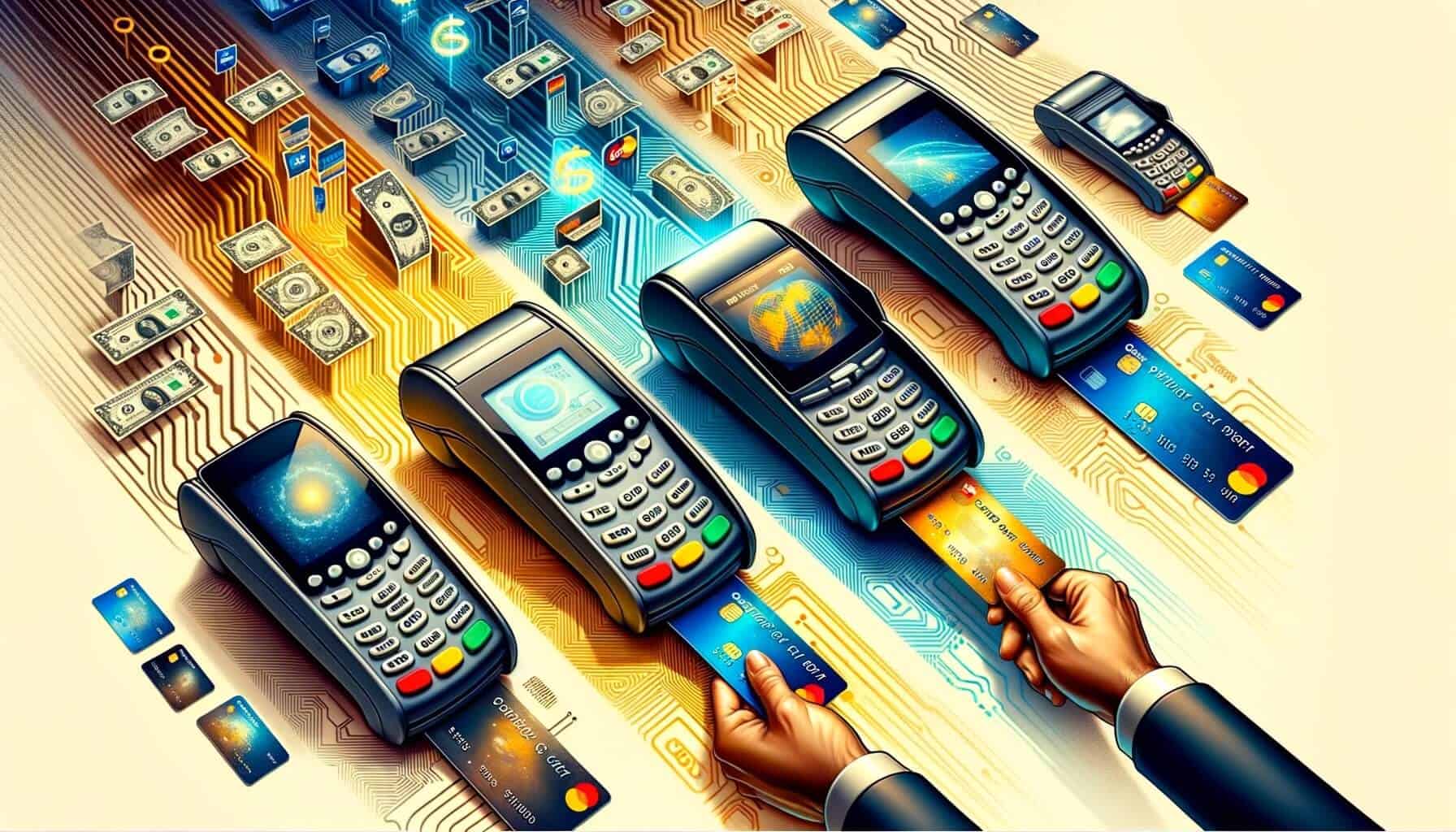
By Catharine Proctor February 24, 2025
In today’s digital age, credit card transactions have become the norm for businesses of all sizes. Whether you run a small retail store or a large e-commerce platform, having a reliable and efficient credit card terminal is crucial for processing payments. However, with the wide variety of options available in the market, choosing the right credit card terminal can be a daunting task.
This comprehensive guide aims to help you navigate through the different types of credit card terminals and find the one that best suits your business needs.
Traditional Credit Card Terminals: Exploring the Basics and Features
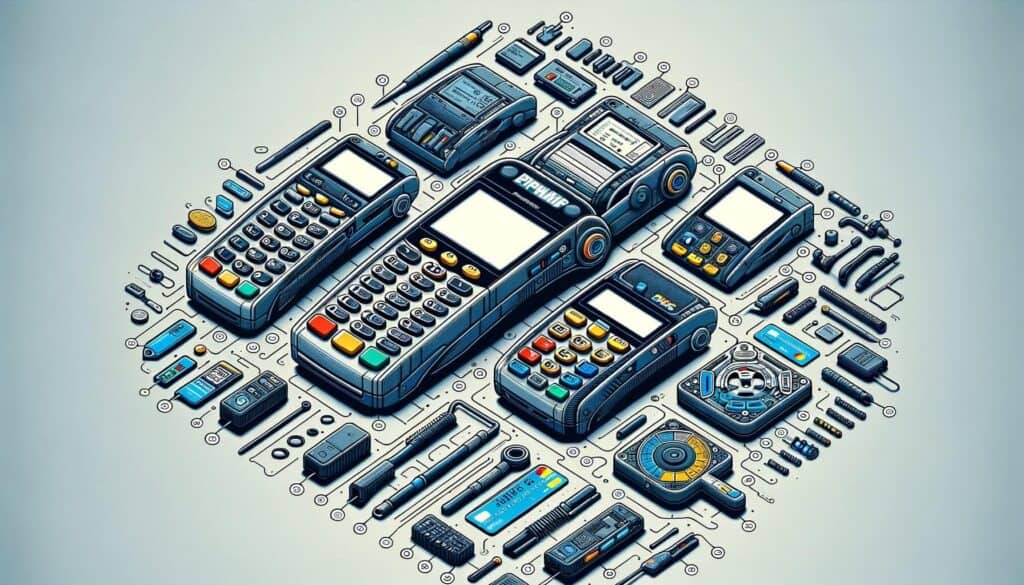
Traditional credit card terminals have been around for decades and are still widely used by businesses. These terminals are typically countertop devices that connect to a phone line or internet connection to process payments. They come with a keypad for entering payment information and a receipt printer for generating receipts.
One of the key features of traditional credit card terminals is their reliability. They are designed to handle high transaction volumes and are built to last. Additionally, they offer a high level of security, with encryption technology to protect sensitive customer data.
However, traditional credit card terminals have some limitations. They are not portable and can only be used at the location where they are installed. This can be a drawback for businesses that require mobility or have multiple points of sale. Furthermore, they may not support newer payment technologies such as contactless payments or EMV chip cards.
Mobile Credit Card Terminals: Convenience and Flexibility on the Go
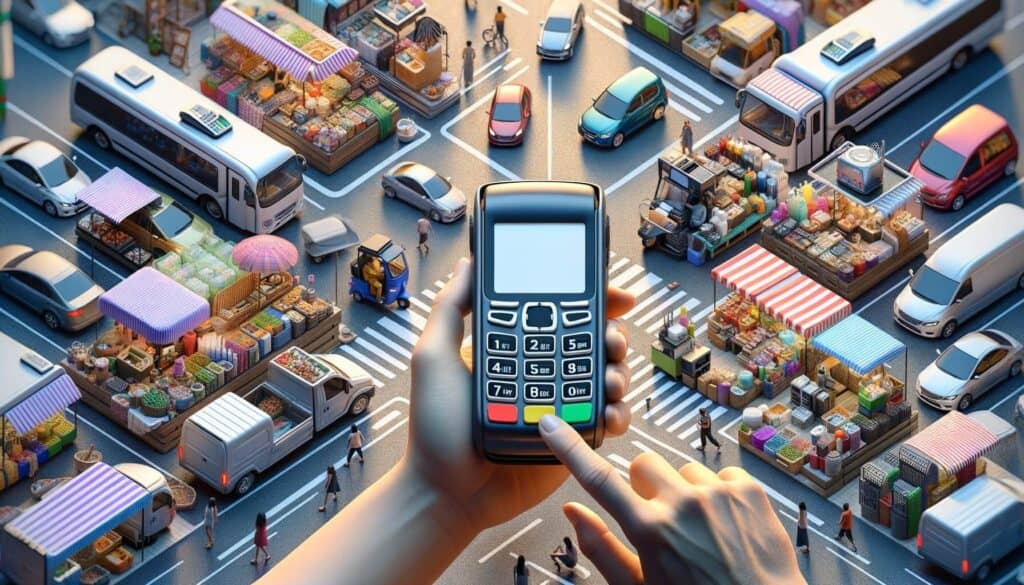
Mobile credit card terminals have gained popularity in recent years, especially among small businesses and service providers who need to accept payments on the go. These terminals are typically small, handheld devices that connect to a smartphone or tablet via Bluetooth or a headphone jack.
One of the main advantages of mobile credit card terminals is their portability. They allow businesses to accept payments anywhere, whether it’s at a trade show, a client’s location, or even outdoors. This flexibility can significantly improve customer convenience and increase sales opportunities.
Mobile credit card terminals also offer a range of features that enhance the payment experience. They can accept various payment methods, including magnetic stripe cards, EMV chip cards, and contactless payments. Some models even come with built-in barcode scanners or cameras for scanning QR codes.
However, it’s important to note that mobile credit card terminals rely on a stable internet connection or cellular data to process payments. In areas with poor connectivity, this can be a challenge. Additionally, the small size of these terminals may make them more prone to loss or theft.
Virtual Credit Card Terminals: Secure Online Payment Processing
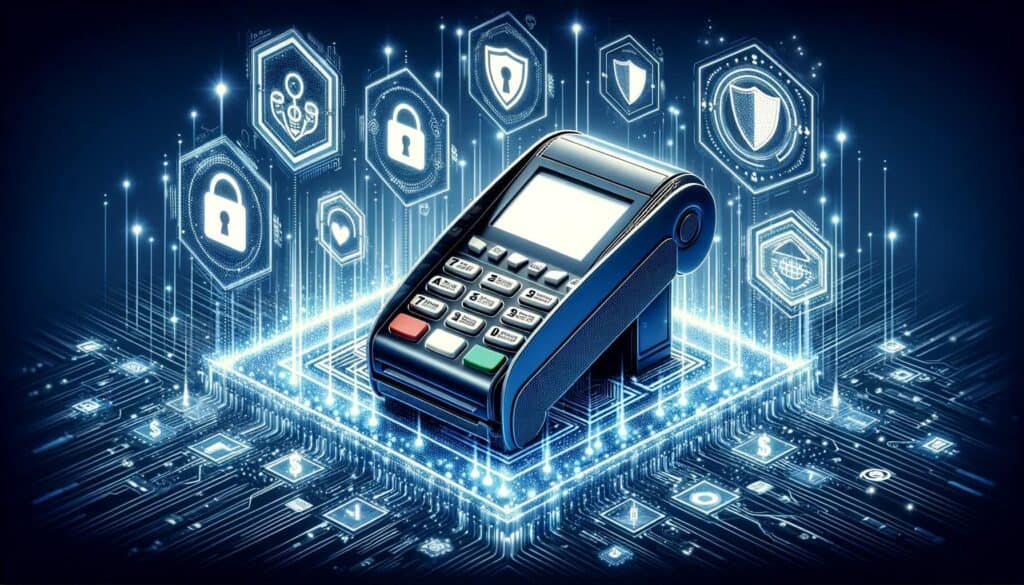
With the rise of e-commerce, virtual credit card terminals have become essential for businesses that operate online. These terminals allow merchants to accept credit card payments through their website or over the phone.
Virtual credit card terminals work by securely capturing customer payment information and transmitting it to the payment processor for authorization. They typically come with a web-based interface that merchants can access from any internet-connected device.
One of the key advantages of virtual credit card terminals is their convenience. They eliminate the need for physical hardware and can be set up quickly and easily. They also offer a high level of security, with encryption and tokenization technology to protect customer data.
However, virtual credit card terminals may not be suitable for businesses that require face-to-face interactions with customers. They are primarily designed for card-not-present transactions and may not support certain payment methods, such as contactless payments or EMV chip cards.
Wireless Credit Card Terminals: Freedom from Cables and Wires
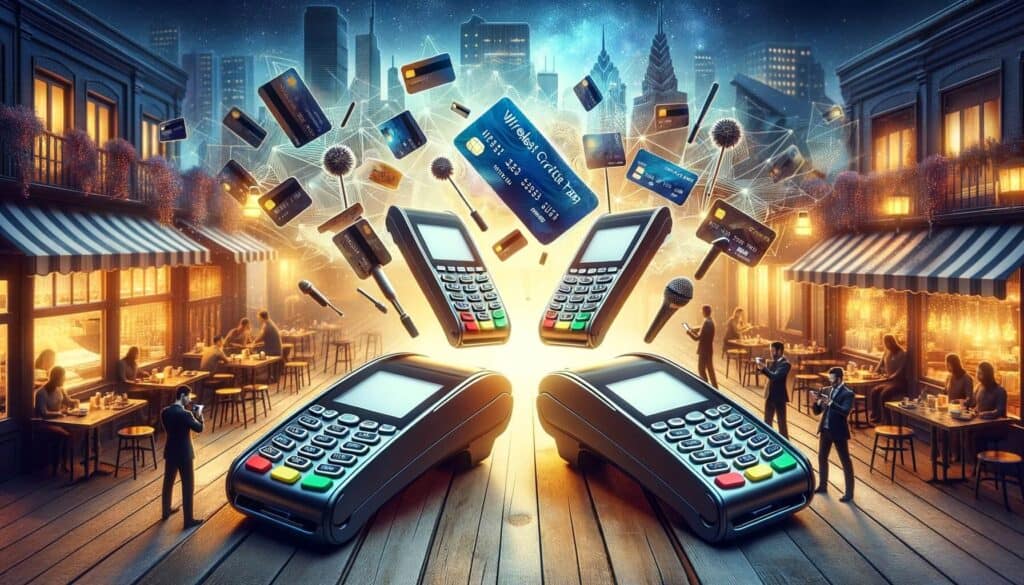
Wireless credit card terminals provide businesses with the freedom to accept payments without being tied down by cables and wires. These terminals use wireless technology, such as Wi-Fi or cellular networks, to connect to the payment processor.
One of the main advantages of wireless credit card terminals is their mobility. They can be used anywhere within the range of the wireless network, allowing businesses to accept payments at different locations or even outdoors. This can be particularly beneficial for businesses that operate in temporary or remote settings, such as food trucks or event vendors.
Wireless credit card terminals also offer the same features and security as traditional terminals. They can process various payment methods, including magnetic stripe cards, EMV chip cards, and contactless payments. Additionally, they come with built-in receipt printers for generating customer receipts.
However, it’s important to consider the limitations of wireless credit card terminals. They rely on a stable wireless network, and in areas with poor connectivity, payment processing may be slow or unreliable. Additionally, they may have higher upfront costs compared to traditional terminals.
Point-of-Sale (POS) Systems: Integrated Solutions for Businesses
Point-of-sale (POS) systems are comprehensive solutions that combine hardware and software to provide businesses with a complete payment processing solution. These systems typically include a touchscreen terminal, a cash register, a receipt printer, and other peripherals such as barcode scanners or customer displays.
One of the main advantages of POS systems is their integration capabilities. They can be connected to other business systems, such as inventory management or customer relationship management (CRM) software, to streamline operations and improve efficiency. This integration allows businesses to track sales, manage inventory, and generate detailed reports.
POS systems also offer a range of features that enhance the customer experience. They can accept various payment methods, including credit cards, debit cards, and mobile payments. Some systems even support additional features such as loyalty programs or gift card processing.
However, it’s important to note that POS systems can be more expensive and complex to set up compared to other types of credit card terminals. They require additional hardware and software, and the initial setup and training may take time. Additionally, businesses need to consider ongoing maintenance and support costs.
Contactless Payment Terminals: The Future of Quick and Easy Transactions
Contactless payment terminals have gained popularity in recent years, driven by the increasing adoption of mobile payment technologies such as Apple Pay and Google Pay. These terminals use near field communication (NFC) technology to enable quick and secure contactless payments.
One of the main advantages of contactless payment terminals is their speed and convenience. Customers can simply tap their contactless-enabled card or mobile device on the terminal to make a payment, eliminating the need to insert a card or enter a PIN. This can significantly reduce transaction times and improve customer satisfaction.
Contactless payment terminals also offer a high level of security. They use tokenization technology to replace sensitive card information with a unique token, reducing the risk of fraud. Additionally, they support EMV chip cards, which provide enhanced security compared to magnetic stripe cards.
However, it’s important to note that not all credit card terminals support contactless payments. Businesses need to ensure that their terminal is equipped with NFC technology and is compatible with the payment methods they want to accept. Additionally, some customers may still prefer traditional payment methods, so businesses should offer multiple options.
EMV Chip Card Terminals: Enhanced Security for Card Present Transactions
EMV chip card terminals have become the standard for card present transactions, replacing the traditional magnetic stripe cards. These terminals are equipped with a slot or a contact pad that allows customers to insert their EMV chip cards for payment.
One of the main advantages of EMV chip card terminals is their enhanced security. EMV chip cards generate a unique transaction code for each payment, making it difficult for fraudsters to clone or counterfeit cards. This technology has significantly reduced instances of card-present fraud.
EMV chip card terminals also offer compatibility with other payment methods. They can process magnetic stripe cards and contactless payments, providing businesses with flexibility and convenience. Additionally, they typically come with built-in receipt printers for generating customer receipts.
However, it’s important to note that EMV chip card terminals may have higher upfront costs compared to traditional terminals. The technology requires additional hardware and software, and businesses need to ensure that their terminal is certified by the payment networks. Additionally, some customers may still have magnetic stripe cards, so businesses should be prepared to accept both types of cards.
Choosing the Right Credit Card Terminal for Your Business: Factors to Consider
When choosing a credit card terminal for your business, it’s important to consider several factors to ensure that you make the right decision. Here are some key factors to consider:
1. Business Type and Size: Consider the nature of your business and the volume of transactions you expect to process. Different types of credit card terminals are better suited for different business types and transaction volumes.
2. Payment Methods: Determine the payment methods you want to accept, such as credit cards, debit cards, mobile payments, or contactless payments. Ensure that the credit card terminal you choose supports these payment methods.
3. Mobility Requirements: If your business requires mobility or accepts payments on the go, consider mobile or wireless credit card terminals. These terminals offer the flexibility to accept payments anywhere.
4. Integration Needs: If you require integration with other business systems, such as inventory management or CRM software, consider a POS system. These systems offer comprehensive solutions that can streamline operations.
5. Security: Ensure that the credit card terminal you choose offers a high level of security to protect customer data. Look for features such as encryption, tokenization, and EMV chip card support.
6. Cost: Consider the upfront costs, ongoing maintenance costs, and transaction fees associated with the credit card terminal. Compare different options to find the one that offers the best value for your business.
Frequently Asked Questions (FAQs)
Q1. What is a credit card terminal?
Answer: A credit card terminal is a device that allows businesses to accept credit card payments. It securely captures customer payment information and transmits it to the payment processor for authorization.
Q2. How do traditional credit card terminals work?
Answer: Traditional credit card terminals connect to a phone line or internet connection to process payments. They typically have a keypad for entering payment information and a receipt printer for generating receipts.
Q3. Can I accept payments on the go with a traditional credit card terminal?
Answer: No, traditional credit card terminals are not portable and can only be used at the location where they are installed. If you require mobility, consider mobile or wireless credit card terminals.
Q4. What is a virtual credit card terminal?
Answer: A virtual credit card terminal allows businesses to accept credit card payments online or over the phone. It eliminates the need for physical hardware and can be accessed through a web-based interface.
Q5. Are virtual credit card terminals secure?
Answer: Yes, virtual credit card terminals offer a high level of security. They use encryption and tokenization technology to protect customer data.
Q6. What is a wireless credit card terminal?
Answer: A wireless credit card terminal uses wireless technology, such as Wi-Fi or cellular networks, to connect to the payment processor. It offers businesses the flexibility to accept payments anywhere within the range of the wireless network.
Q7. Can I accept contactless payments with a wireless credit card terminal?
Answer: Yes, many wireless credit card terminals support contactless payments. However, businesses need to ensure that their terminal is equipped with NFC technology and is compatible with the payment methods they want to accept.
Q8. What is a POS system?
Answer: A POS system is a comprehensive solution that combines hardware and software to provide businesses with a complete payment processing solution. It typically includes a touchscreen terminal, a cash register, a receipt printer, and other peripherals.
Q9. Are POS systems suitable for small businesses?
Answer: Yes, POS systems can be used by businesses of all sizes. However, small businesses may need to consider the upfront costs and ongoing maintenance costs associated with POS systems.
Q10. What is an EMV chip card terminal?
Answer: An EMV chip card terminal is equipped with a slot or a contact pad that allows customers to insert their EMV chip cards for payment. EMV chip cards generate a unique transaction code for each payment, enhancing security.
Conclusion
Choosing the right credit card terminal is crucial for businesses of all sizes. Whether you opt for a traditional terminal, a mobile terminal, a virtual terminal, a wireless terminal, a POS system, or a contactless payment terminal, it’s important to consider factors such as business type, payment methods, mobility requirements, integration needs, security, and cost.
By understanding the different types of credit card terminals and their features, you can make an informed decision that best suits your business needs. Remember, the right credit card terminal can streamline your payment processing, enhance customer satisfaction, and ultimately contribute to the success of your business.